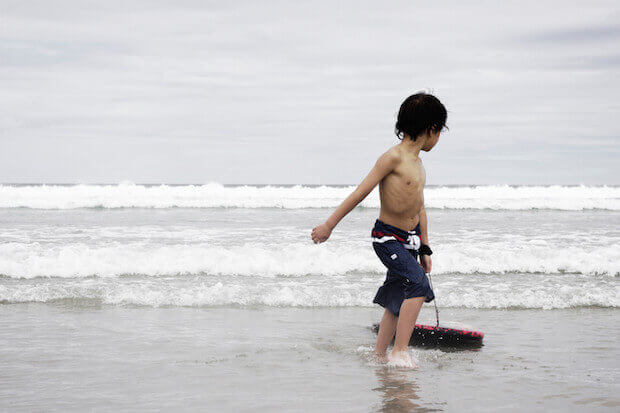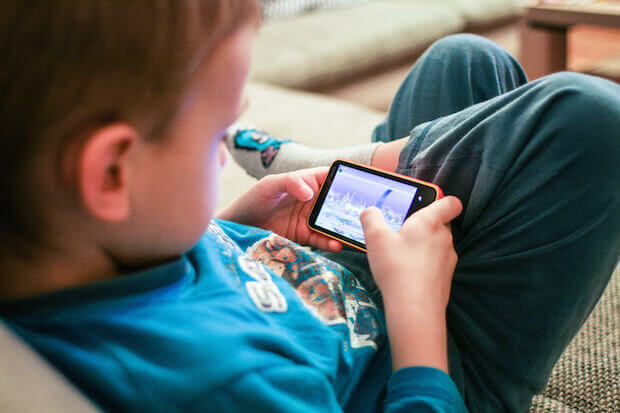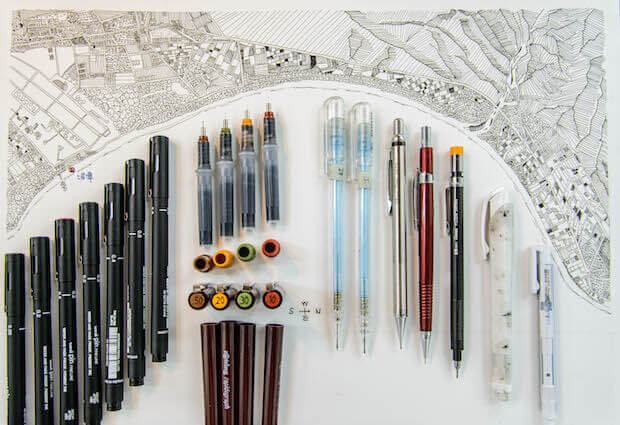
Swimming lessons for kids are quite commonplace in any urban area. A lot of parents would want their child to participate merely because it’s a known safety benefit to successfully handle oneself in a body of water. Some parents kickstart their kid’s water affair earlier than others (there has been some debate on an ideal starting age), but the benefits of getting your child in the pool are overall, quite substantial.
Here is why a child should be in swimming lessons:
They can ensure their own safety and self-reliance
Swimming, beach-going, watersports, etc., are hugely popular activities for people of all ages. Being able to safely handle yourself in water is imperative if you are to find yourself in such a situation. Drowning is unfortunately the 3rd leading cause of death by unintentional injury. Furthermore, it is often hugely underestimated how quickly and fatally an accident can occur. If a child is effectively taught how to a) stay calm and b) practice the correct maneuvers, the likelihood of them ever being at risk for losing control is significantly reduced.
2. They can boost their physical and mental health
In our modern tech-fueled world, there are more reasons than ever to keep a child physically moving. Low impact sports like swimming can be done by children of any size or athletic ability (grab the lifejackets and water wings if needed!). It is a universal skill that once learned, can even be a remedy for anxiety and depression– things undoubtedly important to keep in check for a child’s mental well being.
3. They can learn to conquer their fears
It’s not to be overlooked that being afraid of water is a real fear for some. Kids especially can be exponentially overwhelmed if they feel pressured by their peers. Afterall, adolescent birthday parties or summer activities typically include swimming at one point or another. Starting swimming lessons early on can help a child rationalize their relationship with water. This helps them prepare for water-situations instead of feeling frightened because they’ve had no viable experience. If your child is afraid of the water, here is a great resource on helping them overcome that fear.
Make swimming part of your child’s extracurricular activities
When it comes to extracurricular activities, swimming lessons are relatively inexpensive at the community center level. This is when you compare it to costs associated with other sports like minor hockey or dance classes. So, think of it as a worthwhile investment directly into your child’s safety and health. Not to mention, they won’t feel left out on the next swimming-related adventure!




